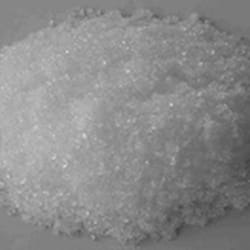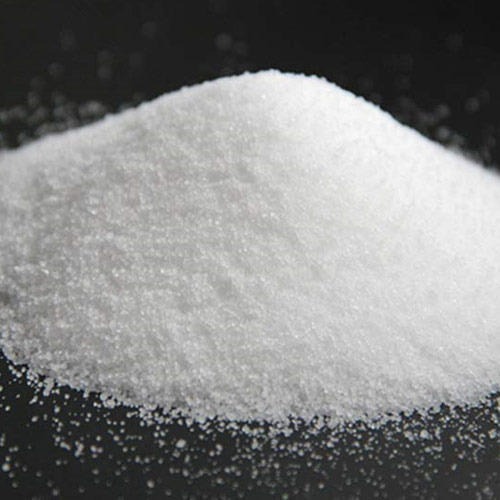Citric Acid Anhydrous
|
IUPAC Name |
: 2-Hydroxy-1,2,3-propanetricarboxylic acid |
|
Cas Number |
: 77-92-9 |
|
HS Code |
: 2904.90.90 |
|
Formula |
: C6H8O7 |
Basic Info
|
Appearance Name |
: White Fine Crystalline Powder |
|
Common Names |
: Citric Acid |
|
Packaging |
: 100 g in poly bottle, 25 kg in fibre drum |


---south-korea.webp)

---india.webp)

 English
English
 Indonesian
Indonesian
 简体字
简体字
 العربية
العربية
 Español
Español
 Français
Français
 Português
Português
 日本語
日本語
 한국어
한국어
 Tiếng Việt
Tiếng Việt
